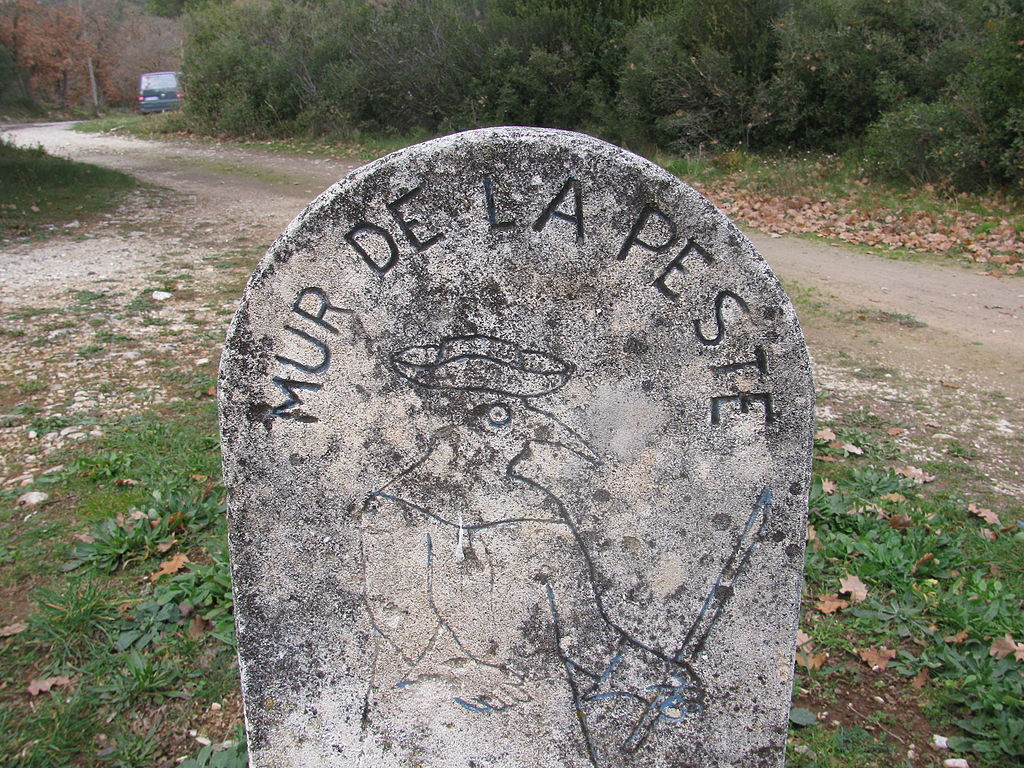Canvais releasing a new classroom-focused suite of AI tools,free amature sex video designed to assist time-strapped educators with lesson planning, content editing, document reformatting, image and text editing, multilingual lesson support, and accessibility checking.
Available now to Canva's more than 50 million education users, the graphic design platform's Classroom Magic products were created with student use in mind, as well, representing one of the first AI-powered educational tool launches at this scale and suggesting the next wave of AI-assisted learning is knocking at the door.
Earlier this month, Canvaannounced Magic Studio, a suite of new and upgraded AI tools that let users edit visual media and generate text, images, and even video. Classroom Magic offers educators a similarly robust list of AI products, but with added oversight and educational guidance, including AI use training. The new tools were specifically created for users in educational settings, as part of the company's Canva for Educationoffering.
The site launched a free, educator-focused version of its design platform four years ago, providing educators, students, and other users across school districts access to premium design tools, graphics, templates, and collaborative classroom spaces to facilitate student work. Classroom Magic adds AI assistance to Canva for Education functions, and, along with expanded educator features, turns the site into a one-stop shop for classroom lessons, design, and assignments.
SEE ALSO: Snapchat and Inspirit team up to build augmented reality STEM lessons"As the technological revolution unfolds, classrooms worldwide need to meet the moment. With this launch, we're both giving teachers the easy-to-use, all-in-one platform they want and preparing students for a world that is increasingly visual, and powered by AI," wrote Jason Wilmot, Canva's head of education. "We know that Canva's tools are likely to be the first exposure to AI technology for many teachers and students — and that's a responsibility we take seriously. We're committed to being a truly safe partner to schools, teachers and students, now and in the future."
Carly Daff, Canva's head of teams and education, told Mashable that the creation of Classroom Magic came from conversations with teachers, students, and district leaders around the world.
"There were two big problems that we saw. The first one is that teachers are really time poor. They're spending way too many hours outside of the classroom, preparing their lessons and doing prep work, and we want to get them back in the classroom," said Daff. "The other big thing is AI is here, and it's here to stay. It's really changing the way that we're working at Canva, and we know it's going to impact students' careers in the future."
Canva surveyed 1,000 educators on AI's use in the classroom ahead of the launch of Classroom Magic. The survey found that while 78 percent of teachers are eager to incorporate AI in lessons and administrative tasks, 93 percent say they don't know where to begin. The majority of responses highlighted the need for simple and accessible ways to harness AI technology.
 Credit: Canva / Morning Consult
Credit: Canva / Morning Consult "We decided that the best way to do this was to support them in making this decision by making AI accessible to them," Daff said. "We've got professional development courses. We've got cheat sheets for how to write the best prompts. And we've even got some hands-on workshops happening. So we've taken the approach of educating first, making it accessible to them, and teaching teachers how to use it safely."
Students and teachers make up a significant portion of Canva users, the company reports, with more than 50 million education accounts connected to around 600,000 schools worldwide. As teachers and school administrators around the world navigate the educational implications of generative AI, its effect on learning, and evolving best practicesfor AI in the classroom, Canva's expansive reach could be a major step in universalizing the technology for educators.
To facilitate access and help close the AI knowledge gap, Classroom Magic features include a range of design and curriculum-centered tools that can assist both teachers and students. Canva's Magic Write tool, for example, is a copywriting assistant that can help students start first drafts, summarize complex ideas, and rewrite work, and help teachers generate lesson plans, summarize complex concepts, brainstorm ideas, or rewrite content in seconds, the company explained.
Magic Write utilizes AI language learning models, like OpenAI's ChatGPT 3.5, with added content moderation and filters designed and implemented by Canva, Daff said.
 Credit: Canva
Credit: Canva Canva for Education users can also access Magic Grab Images to generate full images and art in a variety of design styles, and use Magic Animate to add automatic animations to any lesson plan or assignment with a single click.
Designed to help teachers move classroom work online, tools like Magic Switch and Magic Grab Text can help turn whiteboard notes or visual brainstorms into documents and editable text. Magic Switch can also turn text presentations into whole websites or video.
Canva's AI tools also include accessibility features, including multilingual translation support for 100 different languages, alt text generation for images, and a Design Accessibility Checker, which scans designs for common accessibility issues according to the international web accessibility standards (known as the WCAG).
Like other generative AI tools have offered across industries, the automatic accessibility checkers provide a solid starting point for educators, who can then exercise additional oversight to ensure their designs meet the individual needs of diverse learners.
SEE ALSO: For captioning, humans are still the key to accessible, AI-driven techIn addition to Classroom Magic products, Canva for Education is launching the new Lesson Suite, which includes a library of lesson plans and presentations designed by fellow Canva for Education teachers, the Canva team, and outside organizations, including NASA and the New York Times.
Canva lesson plans are designed as digital-first presentations and come paired with additional activity sheets across K-8 subjects, including math, science, art, English language arts, and design, as well as practical and real-world skills lessons. They're customizable using an educator's own content or Classroom Magic AI tools, but also printable for classroom use, Daff explained.
 Credit: Canva
Credit: Canva The library also includes avenues to teach and train Canva for Education users in the use of AI, including lesson plans for students on AI's rise in popularity and ethical questions.
Curriculum-based lectures, and AI tools generating those plans, are pulled from the AI's data sources but designed according to regional standards, Daff told Mashable, such as Common Core educational standards in the United States.
 Credit: Canva
Credit: Canva Educators can also use the Lesson Plan Builder to design their own custom presentations, or search for curriculum resources by grade, subject, and topic.
To address growing concerns about AI misuse, Canva also announced Canva Shield, a combination of several AI trust and safety measures to facilitate school use. Canva Shield includes advanced controls and permissions for school administrators, automatic review of input prompts to prevent inappropriate material, blocked terms and vocabulary to ensure AI content is safe for school, and the ability to report and block potentially unwanted terms or content.
Classroom Magic tools are automatically available to all teachers, but student accounts will be opted out of use by default. Instead, district administrators will have the option of enabling Classroom Magic products for students at their discretion.
Canva has also committed to not using any education data to train AI models.
Educators interested in learning more can visit the Canva for Education site.
Want more Social Goodstories in your inbox? Sign up for Mashable's Top Stories newslettertoday.
Topics Artificial Intelligence Social Good
 Amazon Big Spring Sale 2025: Save $20 on Amazon Echo Show 5
Amazon Big Spring Sale 2025: Save $20 on Amazon Echo Show 5
 Apple finally allows game streaming services on the App Store
Apple finally allows game streaming services on the App Store
 Honor launches its super
Honor launches its super
 Deep Emotion, Plain Speech: Camus’s The Plague by Laura Marris
Deep Emotion, Plain Speech: Camus’s The Plague by Laura Marris
 NYT Connections hints and answers for May 18: Tips to solve 'Connections' #707.
NYT Connections hints and answers for May 18: Tips to solve 'Connections' #707.
 Apple finally allows game streaming services on the App Store
Apple finally allows game streaming services on the App Store
 Duke vs. Clemson basketball livestreams: Game time, streaming deals, and more
Duke vs. Clemson basketball livestreams: Game time, streaming deals, and more
 A Letter from the Review’s New Poetry Editor by Srikanth Reddy
A Letter from the Review’s New Poetry Editor by Srikanth Reddy
 Norrie vs. Diallo 2025 livestream: Watch Madrid Open for free
Norrie vs. Diallo 2025 livestream: Watch Madrid Open for free
 A Letter from the Review’s New Poetry Editor by Srikanth Reddy
A Letter from the Review’s New Poetry Editor by Srikanth Reddy
 SpaceX reveals cause of September explosion
SpaceX reveals cause of September explosion
 In Remembrance of John Train, 1926–2022 by The Paris Review
In Remembrance of John Train, 1926–2022 by The Paris Review
 Best Dyson deal: Snag the Dyson Omni
Best Dyson deal: Snag the Dyson Omni
 At the Joan Didion Estate Sale by Sophie Haigney
At the Joan Didion Estate Sale by Sophie Haigney
 Apple finally allows game streaming services on the App Store
Apple finally allows game streaming services on the App Store
 New York Film Festival Dispatch: Cold War Movies by The Paris Review
New York Film Festival Dispatch: Cold War Movies by The Paris Review
 New MIT report reveals energy costs of AI tools like ChatGPT
New MIT report reveals energy costs of AI tools like ChatGPT
 Shopping Diary by Adrienne Raphel
Shopping Diary by Adrienne Raphel
Emma Watson offers exam advice to surprised Filipino fan via FaceTimeComic beautifully shows why we can't accept facts contrary to what we believeNo, Mark Zuckerberg isn’t running for office—his tour is much bigger than thatLittle girl gets a new prosthetic leg and her friends react in the sweetest wayThis guy paid an expired meter and left a perfect note for the motoristFacebook is so, so close to 2 billion usersSnap may finally have a good answer to the Facebook questionThis tiny detail in 'The Dark Tower' trailer may mean the end of a popular fan theoryTesla to open new companyGoogle Doc phishing scam spreads like wildfire — here's how to spot itNo, Mark Zuckerberg isn’t running for office—his tour is much bigger than thatFinnish brewery made 1,000Very good doggo reminds us all to live a life where safety comes first'Dota 2' tournament organizer issues apology after airing creepy video of womenResearch note suggests Apple could announce iPhone 8 at WWDCPowerful genePoignant picture of a girl scout standing up to a neo7 things that still hold up about the original 'SpiderYou have one year to catch up your HBO shows on Amazon Prime, tickFacebook launches Express Wi Best Apple Watch deals: Save $10 on the Apple Watch Series 9 with Midnight Sport Loop In Which George du Maurier Feels Neglected By His Mom In Alec Soth's New Photographs, a Fresh Take on Public Space Viral TikTok air fryer smashed Brussels sprouts delivers on its promise Adam Scott, Lena Dunham, and more celebs auction off random experiences to help strike 'The thing that killed' Twitter meme argues everyday tasks are actually famously deadly Get up to $154 off Shark robot vacuums at Best Buy Staff Picks: Silvina Ocampo, Gary Shteyngart, Brian Turner 'Quordle' today: See each 'Quordle' answer and hints for September 15, 2023 Watch Anthony Burgess on the Dick Cavett Show, 1971 Stay put while exploring the White House holiday decorations on Google Maps “Guess You Had to Be There,” Insult of Insults Trollope Gets His 65,000 Words Back What is a karmic relationship? The iPhone 15 Pro is faster, but not by much 'Interview with the Vampire' reboot is a brilliant gay fever dream Karl Ove Knausgaard and Television in America How a Tchotchke Became a Family Heirloom, of Sorts Why Do We Personify the Weather? Where Does “In Like a Lion, Out Like a Lamb” Originate?
1.9353s , 10569.0234375 kb
Copyright © 2025 Powered by 【free amature sex video】,Wisdom Convergence Information Network